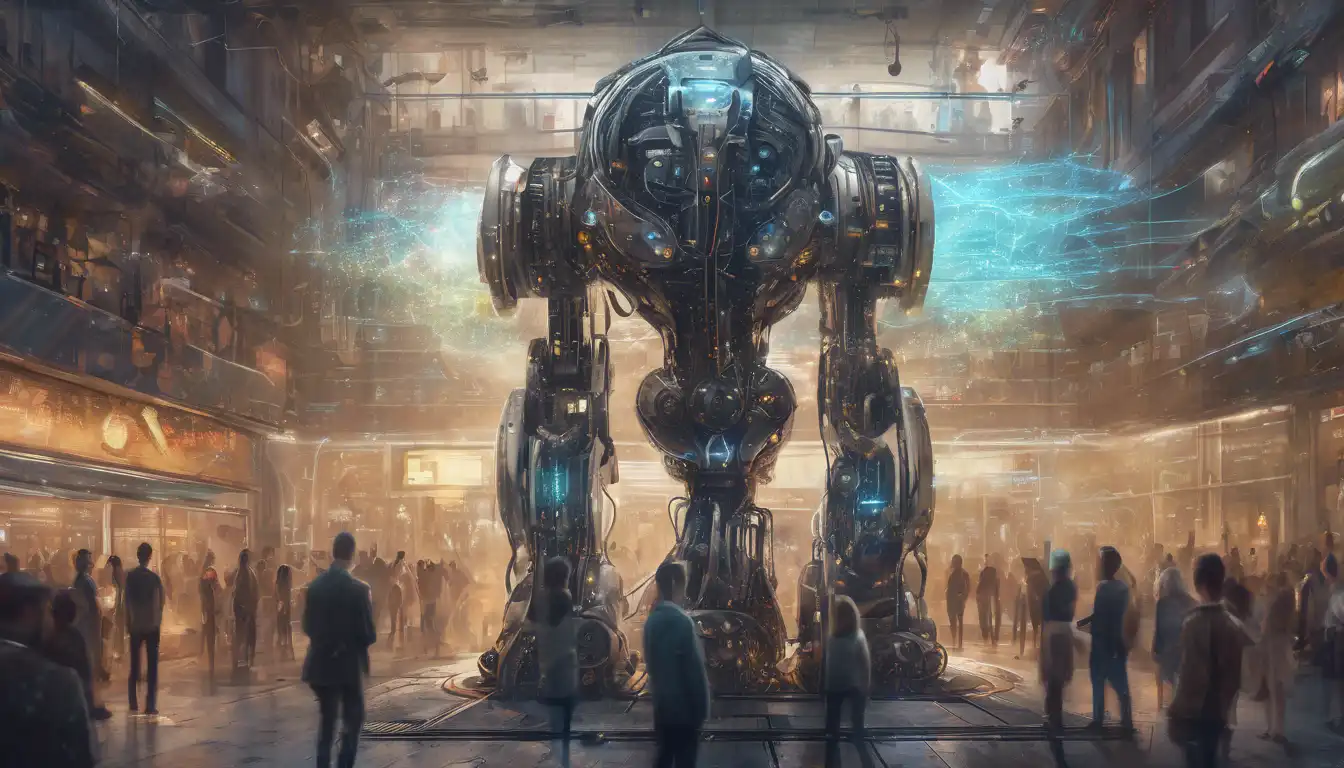Introduction to Machine Learning in Recommendations
Machine learning has revolutionized the way we interact with digital platforms, especially in the realm of personalized recommendations. From streaming services to e-commerce, machine learning algorithms are at the heart of suggesting what movie to watch next or which product to buy. This article delves into how machine learning powers these recommendation systems, making them more accurate and personalized than ever before.
Understanding Recommendation Systems
Recommendation systems are algorithms designed to suggest relevant items to users based on various data points. These systems can be broadly categorized into three types: collaborative filtering, content-based filtering, and hybrid systems that combine both approaches. Machine learning enhances these systems by analyzing vast amounts of data to predict user preferences with high accuracy.
Collaborative Filtering
Collaborative filtering relies on the behavior of similar users to make recommendations. Machine learning algorithms analyze patterns in user interactions to identify similarities and suggest items that similar users have liked or purchased.
Content-Based Filtering
Content-based filtering, on the other hand, focuses on the attributes of the items themselves. Machine learning models learn from the features of items that a user has interacted with to recommend similar items.
Hybrid Systems
Hybrid systems leverage the strengths of both collaborative and content-based filtering to provide more accurate recommendations. Machine learning plays a crucial role in balancing and optimizing the recommendations from both approaches.
The Impact of Machine Learning on Recommendation Accuracy
Machine learning algorithms continuously learn from new data, allowing recommendation systems to adapt to changing user preferences over time. This dynamic learning process ensures that the recommendations remain relevant and personalized, significantly enhancing user experience.
Challenges and Future Directions
Despite their effectiveness, machine learning-powered recommendation systems face challenges such as data sparsity and cold start problems. However, advancements in deep learning and natural language processing are paving the way for more sophisticated solutions. The future of recommendation systems lies in leveraging these technologies to understand user preferences at an even deeper level.
Conclusion
Machine learning is the driving force behind the modern recommendation systems that we interact with daily. By understanding user behavior and item characteristics, these systems provide personalized suggestions that enhance user engagement and satisfaction. As machine learning technology continues to evolve, we can expect recommendation systems to become even more accurate and intuitive.
For more insights into the power of machine learning, explore our articles on AI advancements and data science trends.
